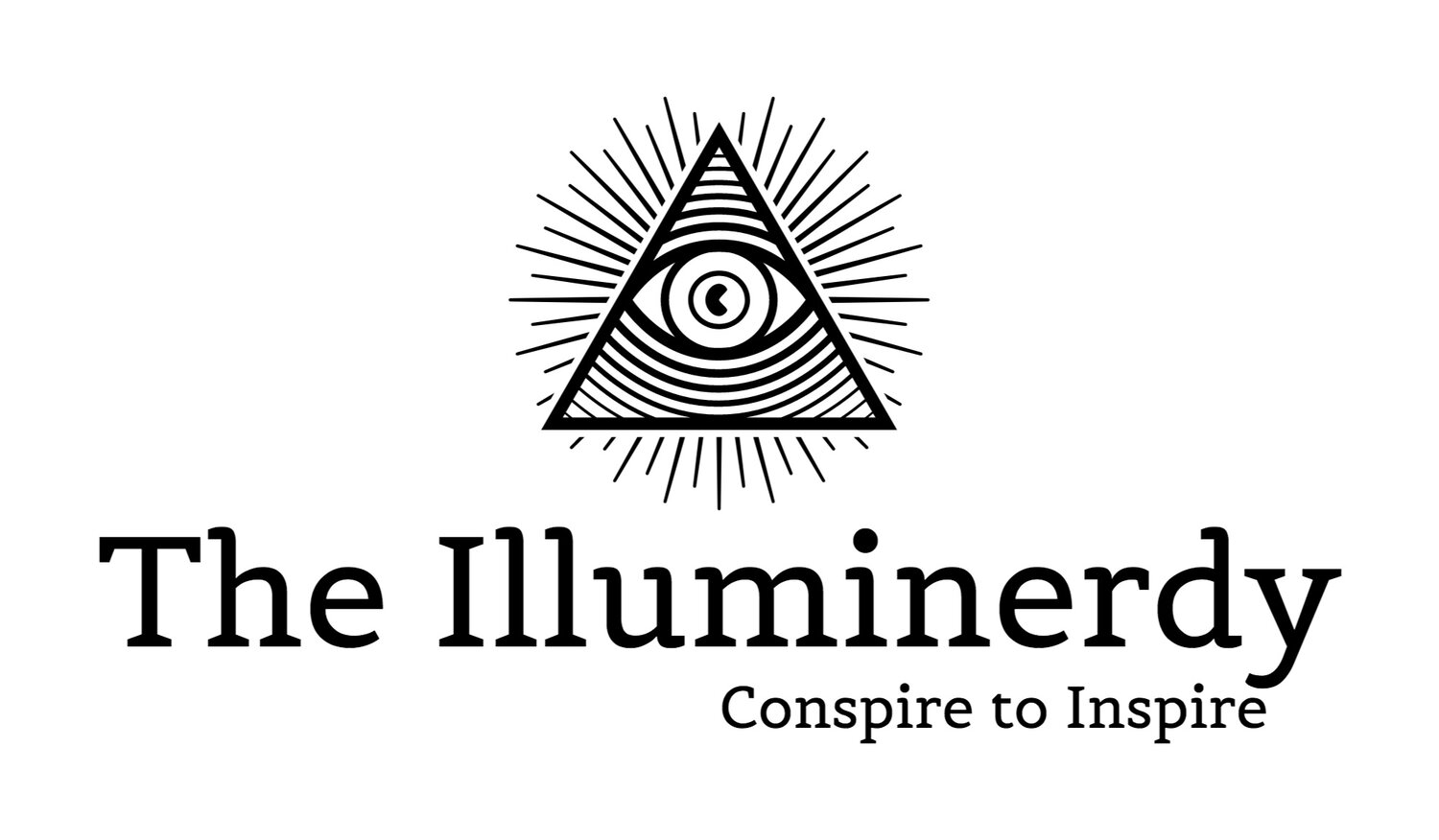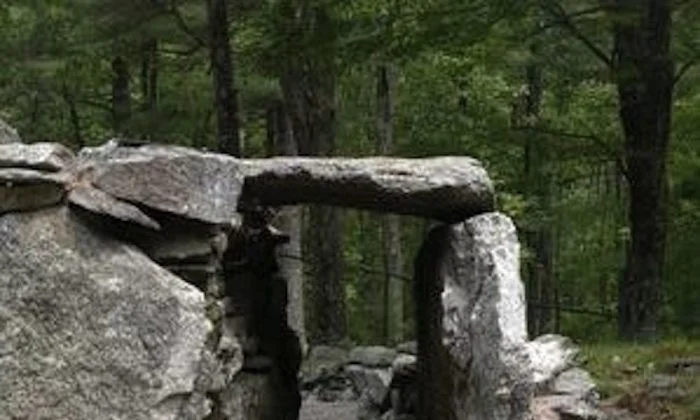Consumed By Darkness (In a Fun Way)
I've been thinking a lot about colonial America. This is not that unusual. I live outside Washington, DC, where almost none of America's colonial history actually happened, but where almost all of it is enshrined. It's also where I set one of my longest-running superhero games. It may also be worth mentioning that I've previously posited that it'd be a pretty great place to hunt vampires, and of course it's got a little bit of Lovecraftian mystery built into it's (mostly) real history. As cool as the demonstrably real parts of America's early history are, the hints of the truly weird hiding in around the edges make it a tempting target for a game setting: nerd-troping the age is easy, especially when attempts to blend colonial history with the supernatural lean so inevitably toward witchcraft. Simply assume that witchcraft is anything other than a hysterical delusion (as I may have done once or twice), and the setting practically writes itself.
A Dark Frontier
The quiet war between the English and the Devil first came to a head by 1634, when members of the then-dominant Pequot tribe captured and killed the English smuggler John Stone. Stone was said to have been killed in revenge for the murder of one of their chiefs by the neighboring Dutch colonies. The true reason for his death, however, was an attempt by Pequot Shaman to recover “certain curious, reputedly evil artefacts” Stone had removed from Pequot territory, on orders from his employer, the Dutch philosopher and alchemist Ludwig Prinn.
The English had been glad to rid themselves of Stone, who had been expelled from Boston earlier that year on charges of piracy, theft, and heresy. However, mounting distrust fed by disinformation from the Narragansett and Mohegan, who feared the power of Pequot's shaman, soon led the conflict to escalate into full-scale war waged across Massachusetts, Connecticut, Rhode Island, and New York, ending in clear victory for the English and their Native allies and in extinction for the Pequot by 1638.
The Pequot War planted the seeds of a series of further conflicts between the competing European colonies and between the colonies and the Native tribes whose lands they had increasingly come to dominate along the Atlantic coast throughout most of the remainder of the seventeenth century. King Philip’s War, beginning in 1675, firmly established the English colonies as the preeminent power in the region, driving the tribes who had inherited the sorcerous traditions of the giant mound-builders deeper into the frontier. White settlers overtook sacred grounds, in some cases falling under the sway of powerful spirits once held at bay by Native traditions. In nearly every case, these restless powers found common cause with long-dormant folk beliefs, twisting innocent superstition into something far more sinister.
The Contagion Spreads
Although the towns and villages that welcomed refugees from Thomas Morton’s shattered cult at Merrymount were by almost all accounts typical of the era, taking on the Puritan character of most of the surrounding settlements as they were formed, at least some of its esoteric rites — blended with traditional European folk magic and in some cases Native American shamanism — were still being practiced in semi-secrecy. Clergy and other colonial authorities discovered several practitioners beginning in 1645, with numerous covens (and undoubtedly more than one falsely accused innocent) caught, tried, and executed throughout the next 45 years. Suspicion would not reach a head until 1690, when, according to later court records, an elderly spinster named Abigail Prinn (nee Curwen) was discovered by a group of hunters from Salem Village in nearby woods “in conversation with a dyvil, formed of living shadow, and of prodigious size.” The hunters reported that as they interrupted whatever rite she was performing, the widow Prinn was consumed by darkness, screaming curses all the while.
Their reports to the Salem town fathers were kept secret for more than a year, but serious investigations within Salem and its neighboring towns ultimately led to dozens of accusations, trials and executions throughout 1692 and 1693. Although the vast majority of these accusations were disingenuous or at least mistaken, some of the allegations were almost certainly reflections of genuine occult practice extant throughout the colonies. According to the testimony of at least one Salem Village slave, a secret network of witches and warlocks had performed "the dark rituals which bind them together in service“ of fallen gods and had thereby established mastery over “creatures who inhabit the invisible world.”
See, the Devil is the Bad Guy
In real life, of course, this was the product of fevered imaginations: social pressures and expectations gone completely awry. But if we imagine, just for a moment, that this secret network and their demonic masters are real...well, someone would need to find them. To stop them.
That's where you come in. Your PCs could be Witch hunters sent from England to root out the pervasive corruption in the New World. They could be clergy on a literal mission from God, or hard-bitten (but mundane) mercenaries caught up in eons-old conflict. Or something else. I'd love to see your ideas.




